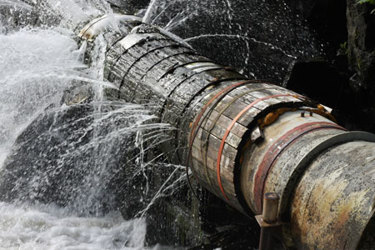Go Beyond The Noise: Pressure Monitoring As The Key To Comprehensive Leakage Management

Water utilities must overcome growing challenges in managing leakage and non-revenue water (NRW), which threaten financial sustainability, public health, and infrastructure reliability. A proactive, data-driven approach—centered on pressure monitoring—is key to success. The AWWA M36 framework outlines four steps: auditing water use, determining economically optimal leakage levels, addressing apparent losses (e.g., meter errors), and managing real losses through pressure control and active leak detection. Acoustic sensors help pinpoint leaks, but their effectiveness depends on proximity and pipe material. They are best used after identifying leak-prone areas. Pressure sensors, by contrast, offer holistic, network-wide insight, enabling early anomaly detection, pressure stabilization, and hydraulic modeling. Even limited sensor deployment can yield broad visibility and actionable insights. Xylem’s Sensus recommends starting with pressure monitoring to identify critical areas, then applying acoustic tools for precise repair targeting. This integrated, phased strategy allows utilities to reduce water loss, protect infrastructure, and enhance operational efficiency while maximizing ROI.
Get unlimited access to:
Enter your credentials below to log in. Not yet a member of Water Online? Subscribe today.
